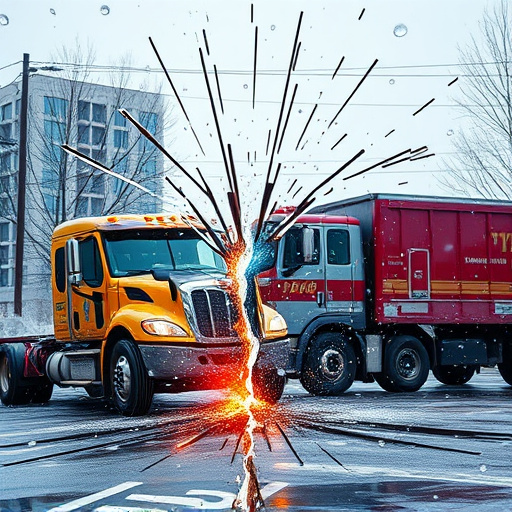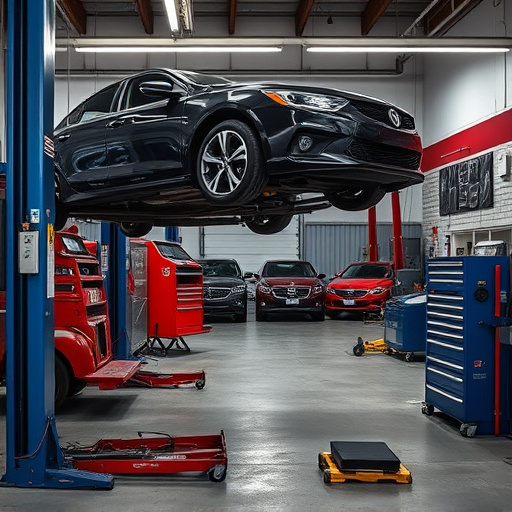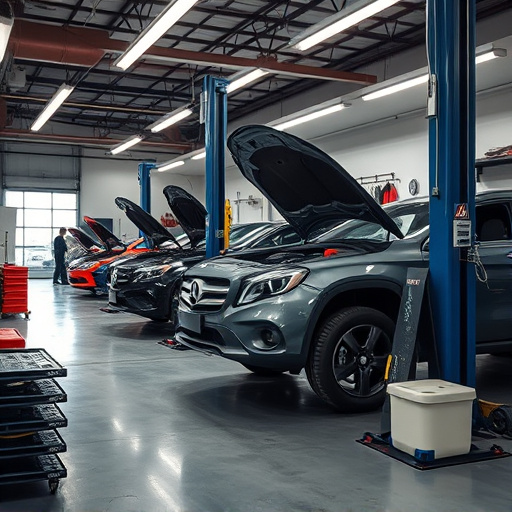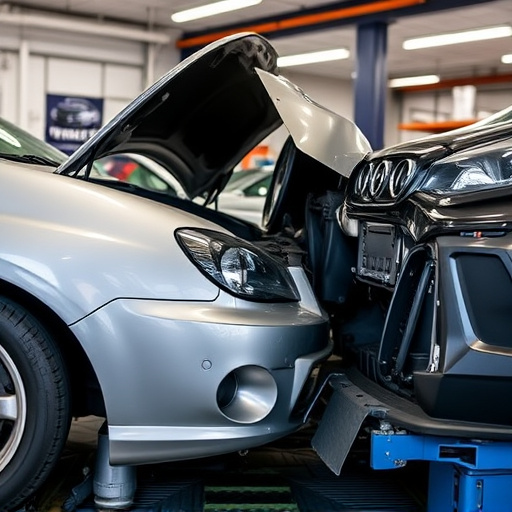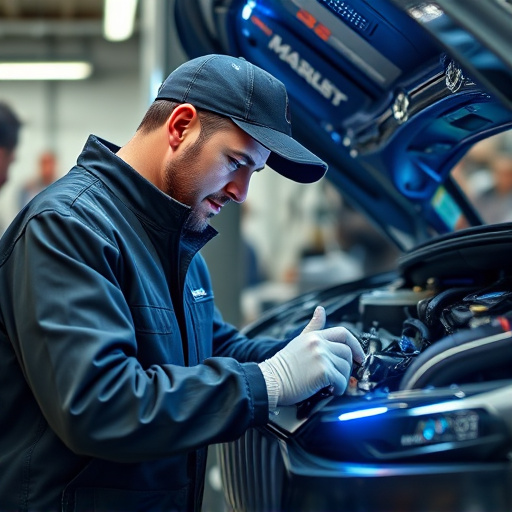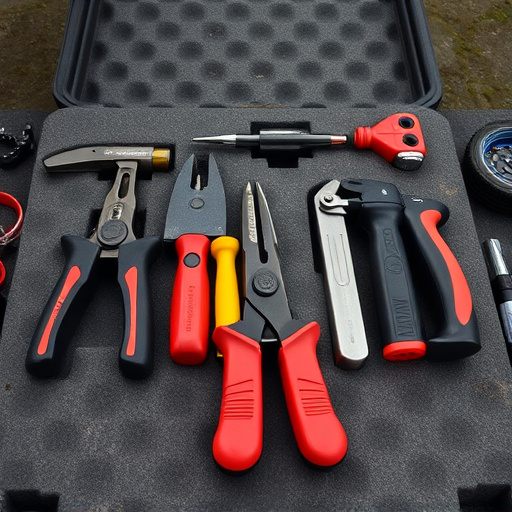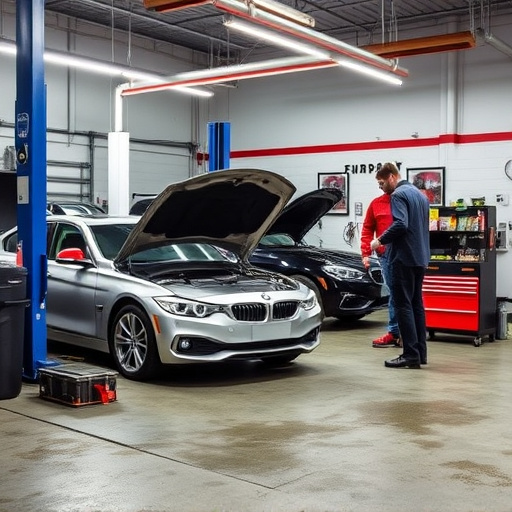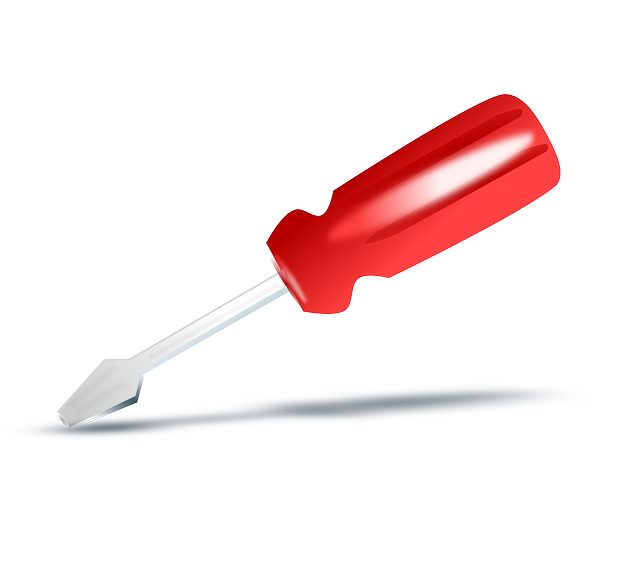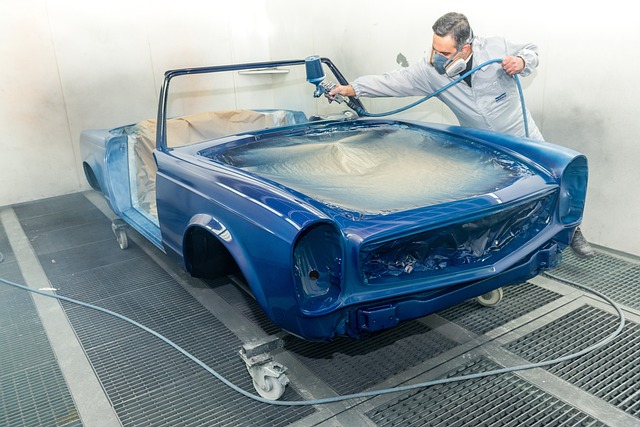Quick bumper repair is essential for maintaining safety sensors and vehicle performance. Minor dents can disrupt sensor placement, affecting collision avoidance systems. Skilled technicians use specialized tools for car scratch repair and paint restoration, ensuring precise sensor alignment. Regular checks prevent misalignments, keeping you and other drivers safe on the road. Proper alignment enhances your car's safety capabilities after quick bumper repair.
A minor bump or collision can disrupt the delicate alignment of your vehicle’s safety sensors, compromising their effectiveness. Luckily, quick bumper repair techniques can help maintain sensor alignment and ensure optimal performance. This article guides you through understanding bumper repairs, highlighting why prompt action is crucial, and providing a step-by-step guide to realigning sensors yourself. Discover how simple adjustments can significantly enhance your car’s safety features.
- Understanding Bumper Repair: Quick Fixes for Safety Sensors
- The Impact of Alignment: Why Quick Repairs Matter
- Step-by-Step Guide: Performing Quick Bumper Sensor Alignment
Understanding Bumper Repair: Quick Fixes for Safety Sensors
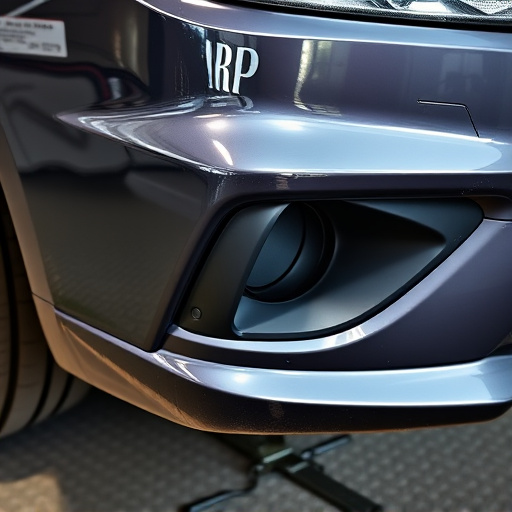
Understanding Bumper Repair is crucial for maintaining the optimal alignment of your vehicle’s safety sensors. Quick bumper repairs aren’t just about aesthetics; they play a significant role in ensuring your car’s safety systems function correctly. Even minor dents or dings can disrupt sensor placement, potentially compromising collision avoidance systems and adaptive cruise control.
When it comes to quick bumper repair, focusing on both functionality and aesthetics is key. Skilled technicians can use specialized tools and techniques for car scratch repair and even complex vehicle paint repairs, restoring your bumper to its original condition while ensuring sensors are aligned precisely. Regular auto maintenance includes checking these components, as even the slightest misalignment could lead to malfunctions that put you and others on the road at risk.
The Impact of Alignment: Why Quick Repairs Matter
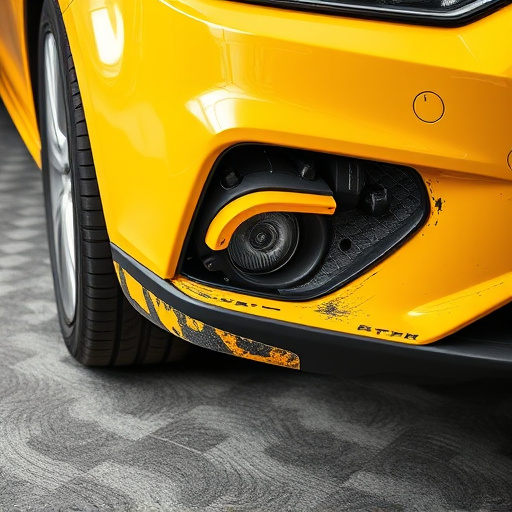
The alignment of safety sensors is a critical aspect of modern vehicles’ overall safety system. Quick bumper repairs play a pivotal role in maintaining this delicate balance. When a bumper is damaged, it can disrupt the precise positioning of sensors designed to detect potential collisions and alert drivers. Even a slight misalignment can impact the sensor’s effectiveness, potentially compromising the vehicle’s ability to respond appropriately during an emergency.
In today’s fast-paced world, where quick fixes are often sought after, neglecting prompt bumper repair could have severe consequences. It is similar to fixing a loose brick in a wall; ignoring it might lead to structural instability. Similarly, delayed repairs may cause more extensive damage, requiring not just a quick bumper fix but also potentially costly sensor replacements and complex reprogramming. Therefore, prioritizing automotive restoration through services like paintless dent repair in a vehicle body shop is a wise decision for any car owner, ensuring the safety sensors remain aligned and ready to protect passengers at all times.
Step-by-Step Guide: Performing Quick Bumper Sensor Alignment

Performing a quick bumper sensor alignment is an essential step in maintaining the safety and efficiency of your vehicle’s collision avoidance systems. Here’s a simple, step-by-step guide to help you through the process, especially when considering a quick bumper repair. Begin by ensuring your vehicle is secure on a level surface with the engine off. Next, locate the sensor(s) – often found on the front or rear bumpers – and inspect them for any visible damage. Use a diagnostic tool (available at most collision repair centers) to check their signal strength and position.
Now, follow these steps:
1. Safety First: Park your vehicle in a safe location, engage the parking brake, and turn off all systems.
2. Inspect and Clean: Examine the sensors for any debris or damage. Remove any dirt or dust with a soft cloth.
3. Adjust the Alignment: Using the diagnostic tool, identify the optimal sensor position. Adjust the alignment according to your vehicle’s manual, paying close attention to the sensor’s orientation relative to potential obstacles.
4. Test and Verify: Once aligned, retest the sensors using the diagnostic tool to ensure they’re functioning properly and accurately.
5. Record Changes (if applicable): Some advanced systems may require you to record the adjustments in your vehicle’s onboard computer. Consult your owner’s manual for specifics related to your Mercedes Benz repair or other makes.
Regularly checking and aligning your bumper sensors, especially after a quick bumper repair, can significantly enhance your vehicle’s safety capabilities.
Quick bumper repair techniques are not only beneficial for aesthetics but also crucial for maintaining safety sensor alignment. By addressing minor damages promptly, drivers can ensure optimal sensor performance and enhance overall vehicle safety. Implementing these simple repairs as part of regular maintenance routines is a wise step towards navigating the road with enhanced confidence and peace of mind.

